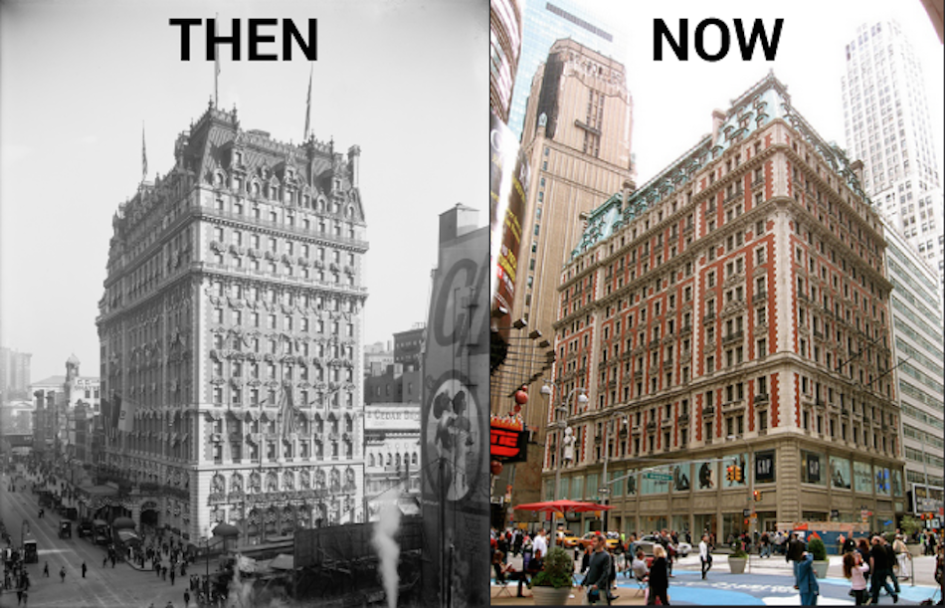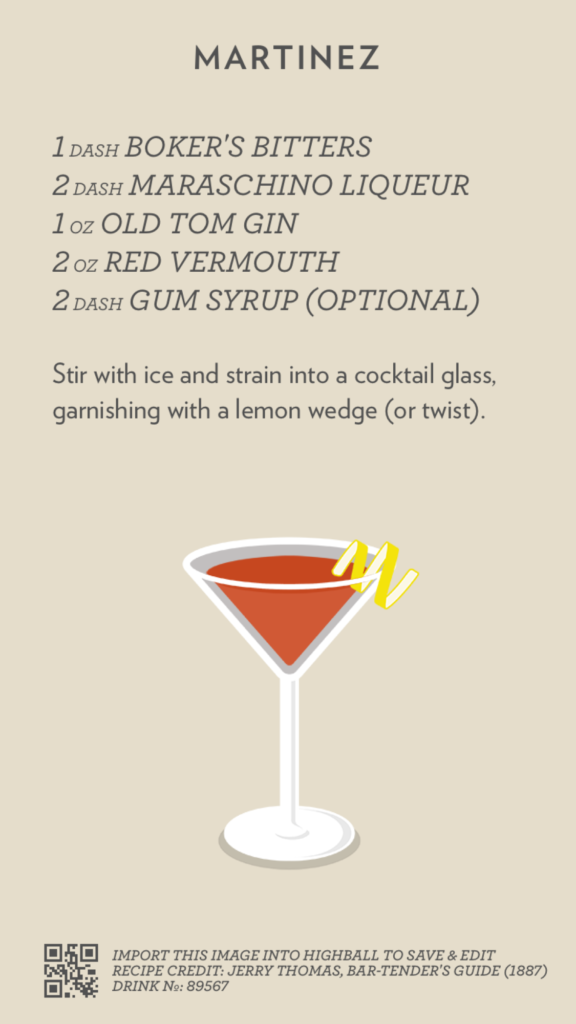
I can’t escape cocktails, and cocktail history. Even when I’m traveling for work, they find me. So it is that I find myself staying in a hotel in New York that was once one of the epicenters of pre-Prohibition cocktail culture.
The Knickerbocker Hotel was completed by John Jacob Astor IV, after a development project on land he owned failed. Opening in 1906, it was a destination for after-theatre dining, with decor by Maxfield Parrish (whose Old King Cole mural created for the hotel bar is now at the St. Regis in the King Cole Bar). The reputation of the hotel was largely built on its food and drink, and its social connections; Astor was a bon vivant who was fleeing negative press surrounding the pregnancy of his second (18-year-old) wife when he died in the sinking of the Titanic. (He is said to have remarked, “I asked for ice in my drink, but this is ridiculous.”)
The hotel bartender, one Martini de Arma de Taggia, was said to have created the martini in 1911; mixing dry gin and vermouth, the drink was said to have caught on when it was favored by John D. Rockefeller. Unfortunately for picturesque history, that tale is almost certainly false; John D. Rockefeller was a teetotaler, and the Martini existed well before 1911.
The most likely actual origin for the Martini is in the drink called the Martinez, supposedly invented either in Martinez, California or in San Francisco for a miner who had struck it lucky; it was first documented in 1887. By 1888, the drink first called the Martinez was already being called the Martini. Though the version in Harry Johnson’s New & Improved Illustrated Bartender’s Manual uses red vermouth rather than dry, and adds Boker’s bitters (a little like modern Angostura), gum syrup and an optional dash of curaçao or absinthe, it’s still gin and vermouth at its roots. The first version using dry gin that I’ve found is the 1909 Dry Martini (II) in Applegreen’s Bar Book—still two years prior to the Knickerbocker’s claim.
Whatever the truth of its connection to the Martini, the hotel today contributes to modern cocktail culture with the St. Cloud rooftop bar. I hope to gather impressions there sometime.
I don’t claim to have anything definitive on “how to make the best martini,” but if you want to try its precursor, here’s the Highball recipe card. Enjoy!

